14th, October 2019 | Donna
Everything You Need to Know About Color Blindness
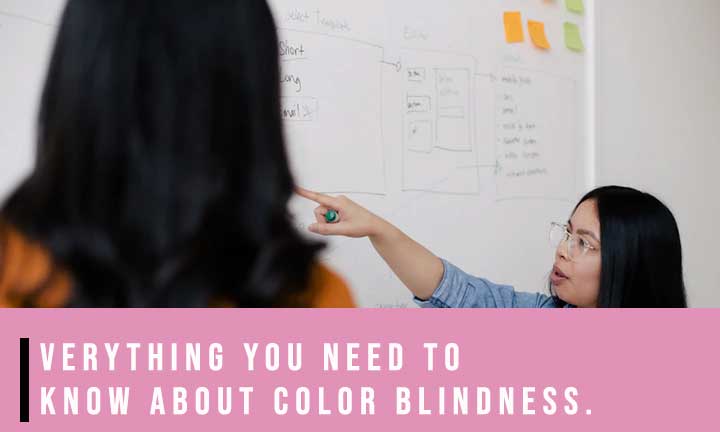
Can you imagine yourself not seeing the world’s majestic beauty and its usual vibrant colors? Not seeing the world in its usual colors is the harsh reality for colorblind people.
Color blindness is a deficiency that affects the way that a person sees color. This means that colorblind people do not see colors the way that people without this condition usually do.
Causes of Color Blindness
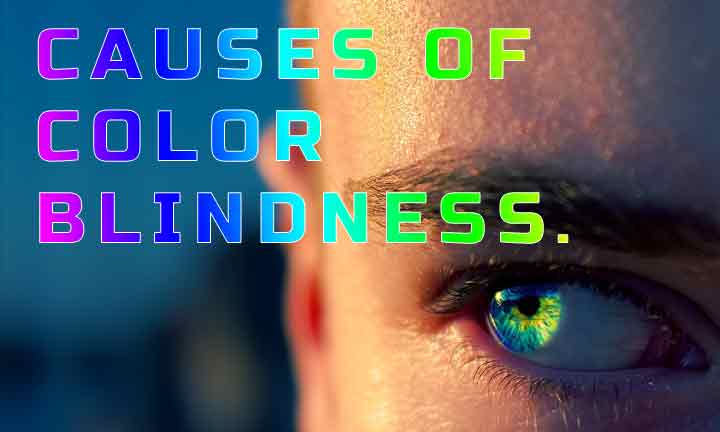
The retina in our eyes has photoreceptors called rods and cones. They are cells that can detect light. Rods are sensitive to light, but they cannot perceive color. On the other hand, cones can detect or perceive colors.
There are three kinds of cones: the blue cones, green cones, and red cones. The names of the cones are based on the color of the wavelength that they are sensitive to.
Color blindness occurs if there is a deficiency in any of the cones, if some of the cones are not working the way that they should, or if all of the three cones are absent.
Color blindness usually occurs at birth. Did you know that babies colorblind at birth?
As babies grow, their color vision further develops. Typically, the color vision of babies fully develop by the time they reach the age of 6 months.
Color blindness can also be hereditary. Other causes of this condition include factors related to age and environment.
Despite all these causes, some colorblind people don’t know that they have the condition because they got used to the way that they see colors.
It’s not surprising to learn that color blindness is one of the common eye problems that people usually miss. [Read: 5 Common Eye Problems that We Usually Miss]
Color blindness may also be a symptom of another underlying health condition.
If you see any changes in the way you see colors even if you used to have a perfectly fine color vision, visit your eye doctor immediately. [READ: Eye Exams 101: A Quick Guide to Eye Exams and its Importance]
Different Types of Color Blindness
Since there are three kinds of cones, so the type of color blindness differs depending on the deficiency in any of the cones.
There are three major types of color blindness: the red-green color blindness, blue-yellow color blindness, and complete color blindness.
Red-green color blindness
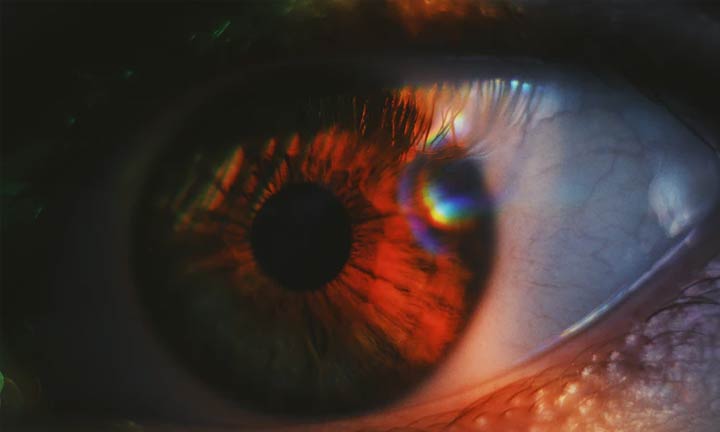
Red-green color blindness, as its name suggests, is a common type of color blindness that makes it hard for colorblind people to distinguish the color red from the color green.
The red-green color blindness has two types: the protanomaly and the deuteranomaly.
Protanomaly, also called as Protan Color Blindness, is a kind of red-green color blindness that occurs when there is a deficiency in the red cones of a person’s retina.
People with protanomaly has red cones in their eyes, but the red cones do not detect enough red colors and are very sensitive to the color green. Because of this, people with protanomaly may find it hard to distinguish the difference between the colors green, yellow, orange, red, and brown because they appear to be similar.
Fortunately, protanomaly is only a mild type of color blindness and people with this condition can still perform normal day-to-day activities with very minimal inconveniences.
On the other hand, Deuteranomaly (also known as Deutan Color Blindness), is a kind of red-green color blindness that occurs when there is a deficiency in the green cones. People with deuteranomaly has green cones in their eyes, but these cones do not detect enough green colors and are very sensitive to the color red. Just like protanomaly, people with deuteranomaly may also find it hard to distinguish the difference between the colors green, yellow, orange, red, and brown because they appear to be similar.
Blue-yellow color blindness
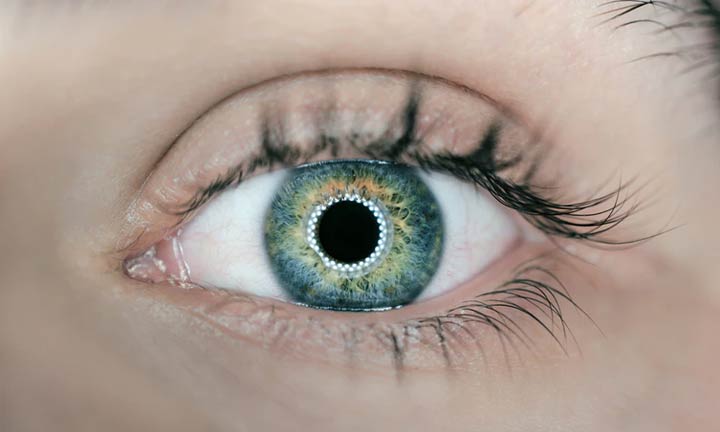
Blue-yellow color blindness is a very rare type of color blindness. Just like the previous color blindness type, blue-yellow color blindness has two types: the tritanomaly and tritanopia.
Tritanomaly occurs when there is a reduced sensitivity in the blue cones of your retina. This condition is commonly acquired eventually due to age and other environmental factors.
People with tritanomaly have difficulty in distinguishing the difference between the colors blue and green, and yellow and red.
On the other hand, tritanopia occurs when there is absolutely no sensitivity in the blue cones. This condition also results in the colors appearing less bright than they usually are.
People with tritanopia cannot distinguish the difference between the colors blue and green, yellow and pink, and purple and red.
Complete color blindness
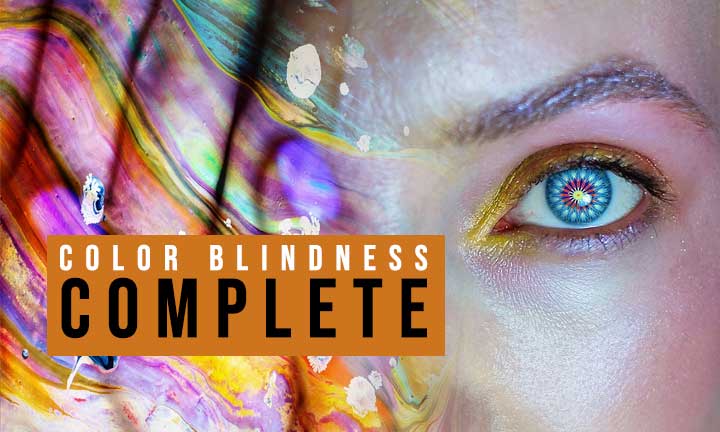
If you cannot see or perceive any colors at all, there is a high chance that you have complete color blindness or monochromacy. A person with complete color blindness can only see the things around him in various shades of gray.
This condition can cause a huge inconvenience to people especially in performing normal tasks. This is because colors are a huge part of a person’s everyday life.
Symptoms of Color Blindness
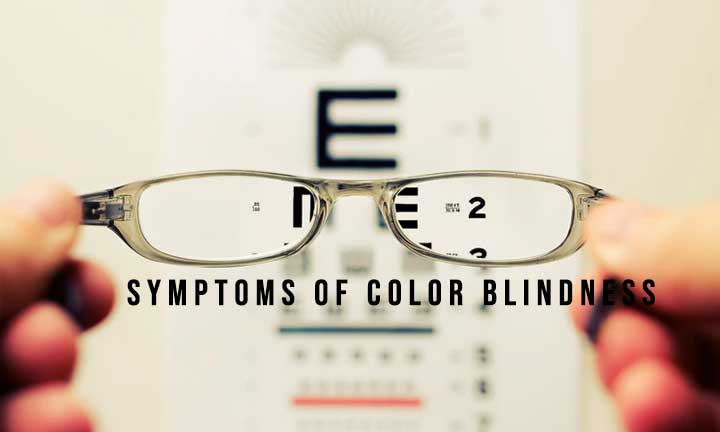
Symptoms of color blindness include having difficulty in distinguishing the difference between colors and their shades. For colorblind people, some colors will also appear less bright than they usually are. People with extreme cases of color blindness may also experience sensitivity to light.
However, some colorblind people don’t know that they have this eye condition unless they see an eye doctor for a comprehensive eye check-up and a color vision test. This goes to show how important eye check-ups are.
Treatment for Color Blindness
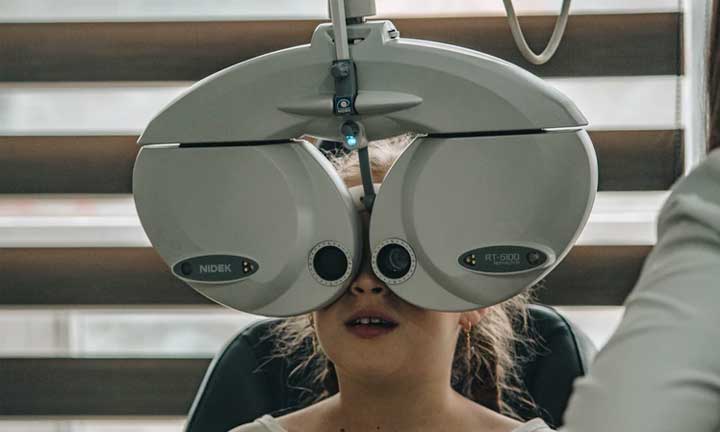
Unfortunately, there is still no concrete and absolute cure for color blindness. People with this condition usually just find a way to adjust to their condition.
However, with the help of advanced medical technology, colorblind people can now avail special glasses or contact lenses to help them correct color blindness.
With the help of these glasses and contact lenses, colorblind people can see a wide array of colors the way that a person with normal color vision normally does.
Ishihara Color Vision Test
In 1917, Dr. Shinobu Ishihara introduced a color vision test that is used to detect red-green color vision deficiency. The test eventually became the most famous color vision deficiency test that eye doctors still use up to this day.
The 38 Ishihara Plates are plates that have dots in different colors. Each plate also shows a number or a path or shape. Meanwhile, there are special plates for children who are too young to recognize numbers.
To perform the color vision test, the eye doctor shows the plates to a patient, and then the doctor asks them what number or shape they see on the plates.
The diagnosis of color blindness will depend on the number of errors or mistakes that they acquire.
There are other color vision tests available to eye professionals but Dr. Ishihara’s color vision test is still the most widely used color vision test in the world today.
Other Interesting Facts about Color Blindness
Here are some more interesting facts about color blindness:
- On September 6 every year, the world celebrates the International Color Blind Awareness Day.
- Some of the famous people who have color blindness are Bill Clinton (the 42nd president of the United States of America), Prince William (Duke of Cambridge), and Mark Zuckerberg (co-founder of Facebook).
Read more from the sources that we trust:
https://www.aao.org/eye-health/diseases/what-is-color-blindness
https://enchroma.com/pages/types-of-color-blindness
https://www.allaboutvision.com/conditions/colordeficiency.htm
https://nei.nih.gov/learn-about-eye-health/eye-conditions-and-diseases/color-blindness

Leave a Reply
You must be logged in to post a comment.